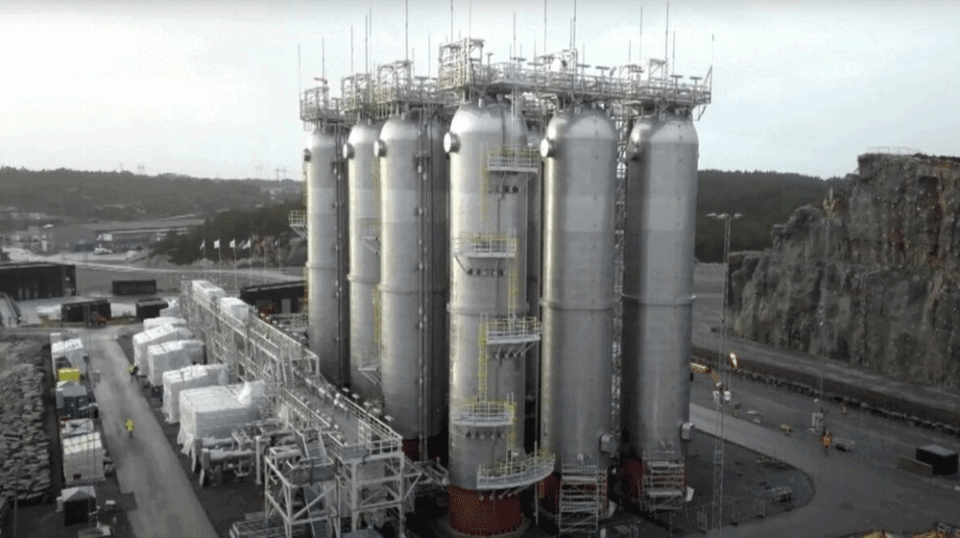Norway Launches World’s First Offshore Carbon Storage Service with Successful CO2 Injection
The world’s first commercial carbon storage service off the coast of Norway has officially begun operations, marking a major milestone in global climate action.
The Northern Lights consortium—a joint venture between Equinor, Shell, and TotalEnergies—confirmed on Monday that it has successfully injected and stored CO2 beneath the North Sea seabed.
“We have now safely injected and stored the very first CO2 in the reservoir. Our ships, facilities, and wells are fully operational,” said Tim Heijn, Managing Director of Northern Lights.
How the Process Works
-
Capture & Transport: CO2 is captured from industrial smokestacks across Europe, liquified, and transported by ship to the Oygarden terminal near Bergen on Norway’s west coast.
-
Storage: From there, it is transferred into tanks and sent through a 110 km pipeline, where it is injected 2.6 km beneath the seabed for permanent storage.
This innovative project is designed to keep harmful emissions out of the atmosphere and significantly reduce Europe’s carbon footprint.
Why It Matters
Carbon Capture and Storage (CCS) technology has been endorsed by both the UN Intergovernmental Panel on Climate Change (IPCC) and the International Energy Agency (IEA) as a critical tool for tackling climate change. It is especially valuable for hard-to-decarbonize industries such as cement, steel, and power generation.
The first injection at Northern Lights came from Heidelberg Materials’ cement plant in Brevik, southeastern Norway.
Challenges & Future Plans
While groundbreaking, CCS remains expensive and complex. Many companies still find it cheaper to buy “pollution permits” on the European carbon market rather than invest in capture and storage.
Currently, Northern Lights has signed three commercial contracts:
-
Yara’s ammonia plant in the Netherlands
-
Orsted’s biofuel plants in Denmark
-
Stockholm Exergi’s thermal power plant in Sweden
Backed heavily by the Norwegian government, the project has an annual storage capacity of 1.5 million tonnes of CO2—expected to rise to 5 million tonnes by 2030.

